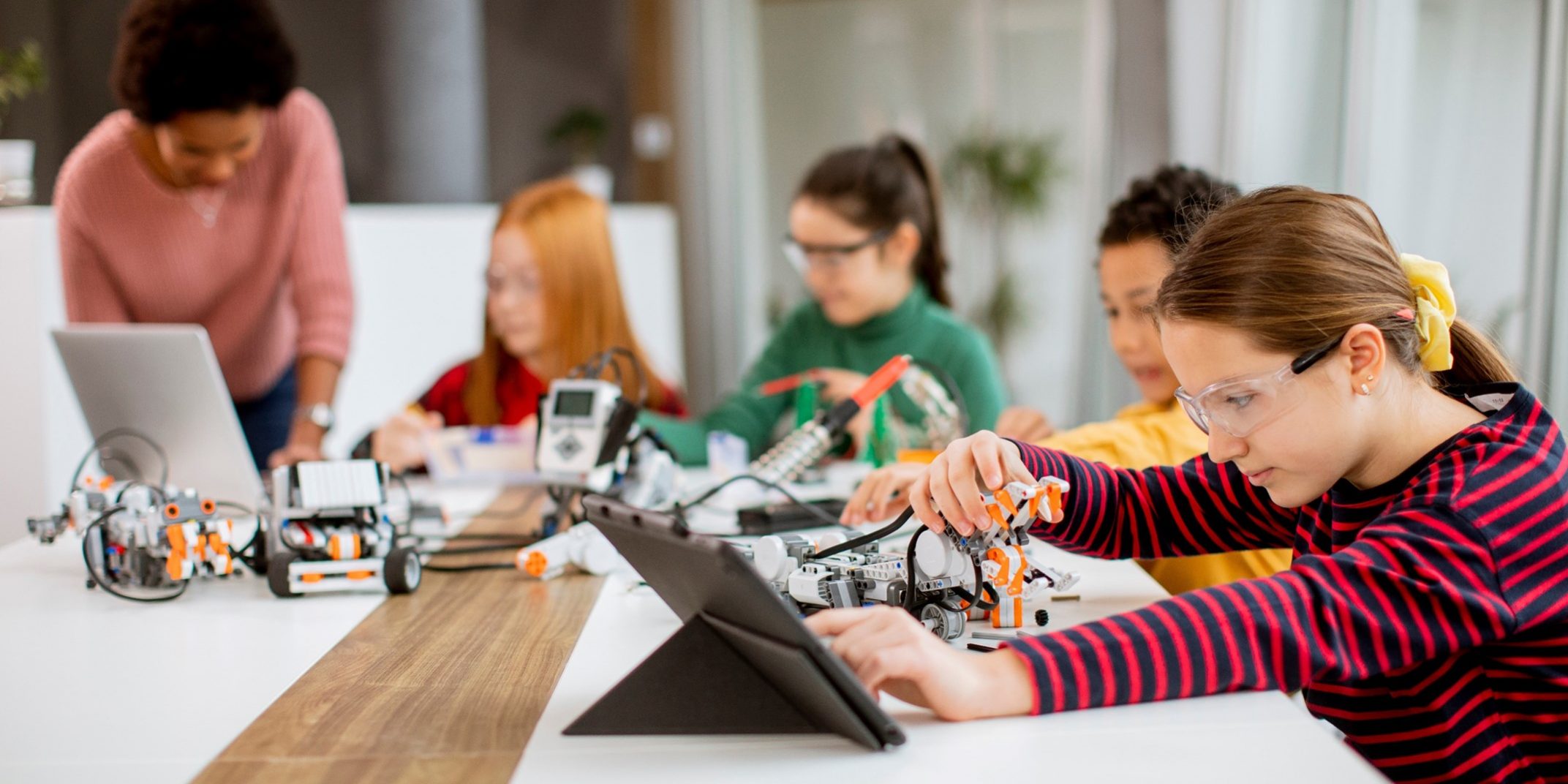Amidst the dynamic shifts occurring in the educational sphere, technology’s seamless integration has evolved beyond a passing fad, emerging as an essential element for modern learning. Among the myriad of technological innovations making their mark in classrooms worldwide, robotics stands out as a dynamic tool for enhancing K-12 STEM education. With its hands-on approach and interdisciplinary nature, robotics not only fosters technical skills but also cultivates critical thinking, problem-solving, and creativity in young minds. In this blog, we delve into the rise of robotics in K-12 education and explore how it is revolutionizing the learning experience for students.
The Rise of Robotics in K-12 Education:
Gone are the days when robotics was confined to the realm of science fiction. Today, robotics has found its way into classrooms, offering students the opportunity to engage with technology in a tangible and exciting way. From building and programming robots to solving real-world challenges, students are actively involved in every step of the process, making learning both meaningful and fun.
One of the key advantages of incorporating robotics into K-12 education is its ability to bridge the gap between theory and practice. Rather than passively absorbing information from textbooks, students are actively applying concepts from science, technology, engineering, and mathematics (STEM) to design and control robots. This hands-on approach not only deepens their understanding of core subjects but also cultivates essential skills such as teamwork, communication, and perseverance.
Moreover, robotics provides a platform for interdisciplinary learning, bringing together concepts from various fields to solve complex problems. For instance, students working on a robotics project may draw upon principles of physics to understand motion, mathematics to calculate trajectories, and computer science to program sensors and actuators. By integrating these diverse disciplines, robotics encourages a holistic approach to learning that mirrors real-world challenges.
Enhancing STEM Education with Hands-On Learning:
In addition to promoting STEM literacy, robotics serves as a catalyst for innovation and creativity in K-12 education. Through experimentation and iteration, students learn to think outside the box, taking risks and embracing failure as a natural part of the learning process. Whether they’re designing a robot to navigate a maze or complete a series of tasks, students are encouraged to explore different solutions, refine their designs, and adapt to unexpected obstacles.
Furthermore, robotics fosters a growth mindset, instilling in students the belief that their abilities are not fixed but can be developed through effort and perseverance. By confronting challenges head-on and learning from setbacks, students develop resilience and confidence in their problem-solving abilities, essential traits for success in both academia and beyond.
Conclusion:
In conclusion, the rise of robotics in K-12 education represents a paradigm shift in how we approach teaching and learning in the 21st century. By providing students with hands-on experiences that integrate STEM concepts in meaningful ways, robotics has the power to inspire a new generation of innovators, problem-solvers, and lifelong learners. As we continue to embrace the transformative potential of technology in education, robotics stands out as a beacon of possibility, offering students the tools they need to thrive in an ever-changing world.
Enhancing the Learning Experience with Chromebook Accessories Enhancing the Learning Experience with Chromebook Accessories







